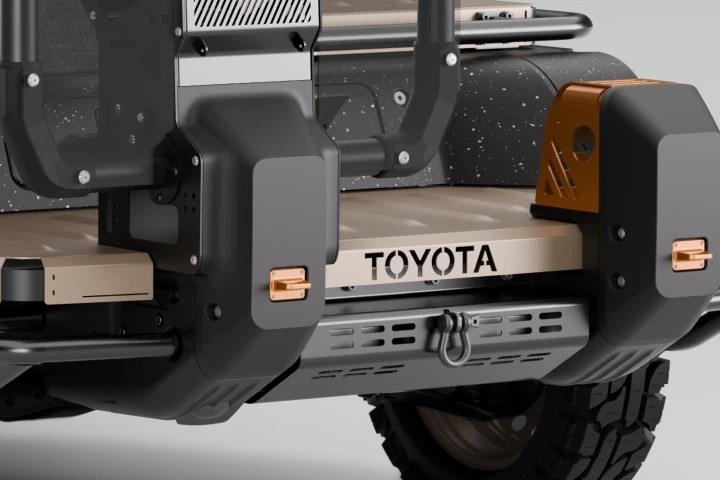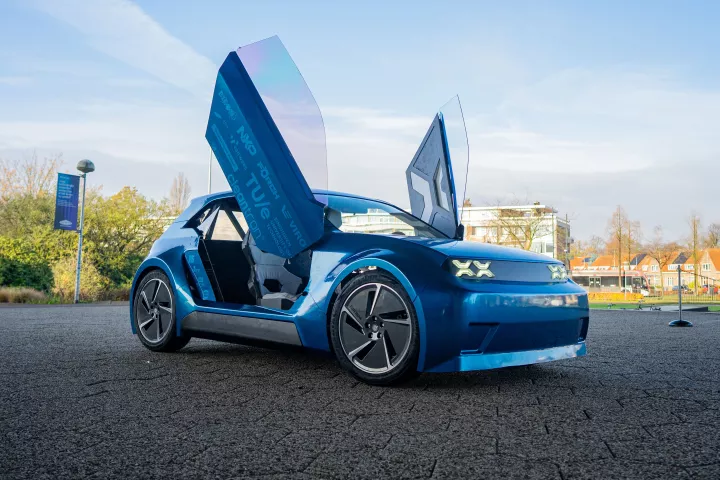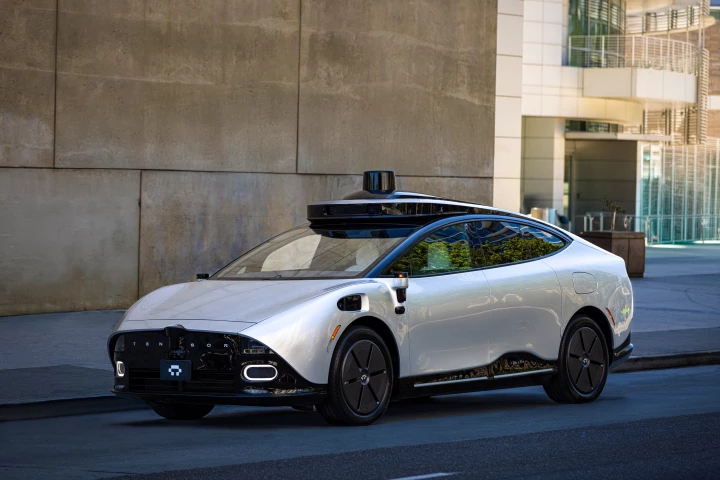Automotive
New cars, concepts, EVs and the latest automotive news including test drives, reviews and coverage from the major auto shows around the globe.
Top News
-
Consumer Reports' brand reliability report for 2024 has been released. According to the survey, the brands that make up the top five remain the same as last year, but it is Subaru which now holds the #1 spot, becoming the most reliable car brand.
-
One of the most interesting concepts revealed at this year's Japan Mobility Show was also one of the simplest. The barebones Toyota IMV Origin concept is potentially one of the most versatile vehicles Toyota (or any automaker) has ever built.
-
Kawasaki Heavy Industries has pulled the covers off perhaps the most outrageous concept vehicle we've ever seen. The Corleo is a two-seater quadruped robot you steer with your body, capable of picking its way through rough terrain thanks to AI vision.
Load More
Latest News
-
December 20, 2025 | C.C. WeissLooking at the Delica D:5 refresh Mitsubishi previewed a couple months ago, we wouldn't have pegged it as "the strongest ever." But that's how Mitsubishi bills it now. The tiny van and camping darling gains extra performance to match a revised look.
-
December 16, 2025 | Utkarsh SoodThere aren’t many cars with appeal as enduring as the original Honda NSX. Now, 35 years after the first-generation NSX came into being, the sports car is receiving a beautiful, and more importantly, purposeful, makeover.
-
December 16, 2025 | Abhimanyu GhoshalFour years after Ford electrified its best-selling truck, it seemed ready to drop the model owing to slowing demand. Now, it turns out the company's got other plans – reengineering the flagship truck for 2026 as an EREV, with a gas generator in tow.
-
December 12, 2025 | Aaron TurpenHonda redesigned the Passport for the 2026 model year, but kept the fundamentals that made this two-row crossover a great choice. Some of the changes, including the TrailSport model addition, improve on its capabilities without going overboard.
-
December 12, 2025 | Utkarsh SoodHere’s a fun fact: Fiat's Topolino doesn’t even certify as a proper car, but rather an electric “quadricycle.” How will the under-100-inch-long compact electric runabout fare in a market that's dominated by big performance cars and heavy trucks?
-
December 11, 2025 | Omar KardoudiARIA – 'Anyone Repairs It Anywhere' – is more than a clever acronym. This prototype EV created by students at TU/ecomotive aims to convince the car industry and policymakers that sustainable, repairable vehicle design is commercially achievable.
-
December 08, 2025 | Utkarsh SoodUnveiled at Kia's 80th anniversary event, the Vision Meta Turismo is a bonkers concept that foreshadows what Kia refers to as "a new era of mobility." It might look like an AI-rendered car, but it's likely the one that will go on to become the EV8.
-
December 07, 2025 | Aaron TurpenWhen Volkswagen started showing off the new ID. Buzz as a modern take on the 1960s Microbus (aka “Bus” or "Kombi"), it got people’s attention. The new Buzz is a sort of modern revival of what people imagine the Bus was like, not what the Bus was really like.
-
December 06, 2025 | Utkarsh SoodFor the second year running, the Lucid Air sports the title of the most efficient electric vehicle in the US according to new EPA ratings. In doing so, it ranks above the likes of Tesla’s Model S and Mercedes-Benz’s EQS.
-
December 06, 2025 | Michael FrancoMost fully autonomous cars are being deployed in commercial settings, such as those used by driverless-ride providers like Waymo. However, a new company called Tensor plans to bring an L4 robocar to consumers next year, and it looks damn impressive.
-
December 05, 2025 | Abhimanyu GhoshalLexus has just unveiled the successor to its legendary LFA supercar after discontinuing the first one over a decade ago. It's got new underpinnings, bold styling, and an electric powertrain to replace the fire-breathing V10.
-
December 04, 2025 | Aaron TurpenSubaru has unveiled an all-new model, the Trailseeker. This all-electric sport utility starts at a little under $50,000 and will enter the market in early 2026.
-
December 03, 2025 | Utkarsh Sood$20,630,000: Twenty million, six hundred and thirty thousand US dollars. That’s how much the Gordon Murray S1 LM supercar sold for, officially garnering the highest sale price for a new car sold at auction, excluding charity sales.
-
November 29, 2025 | Aaron TurpenIt may surprise some to learn that Polaris has a serious research, development, and testing facility. I got a full tour of the place, along with a dedicated test track that I got to use later.
-
November 28, 2025 | Aaron TurpenThe Wagoneer S marks a bold leap for Jeep as the brand’s first full-electric model for U.S. buyers. Jeep doesn’t seem shy about it. Its greatest downsides are problems it shares with Wagoneer models on the whole.
Load More

















